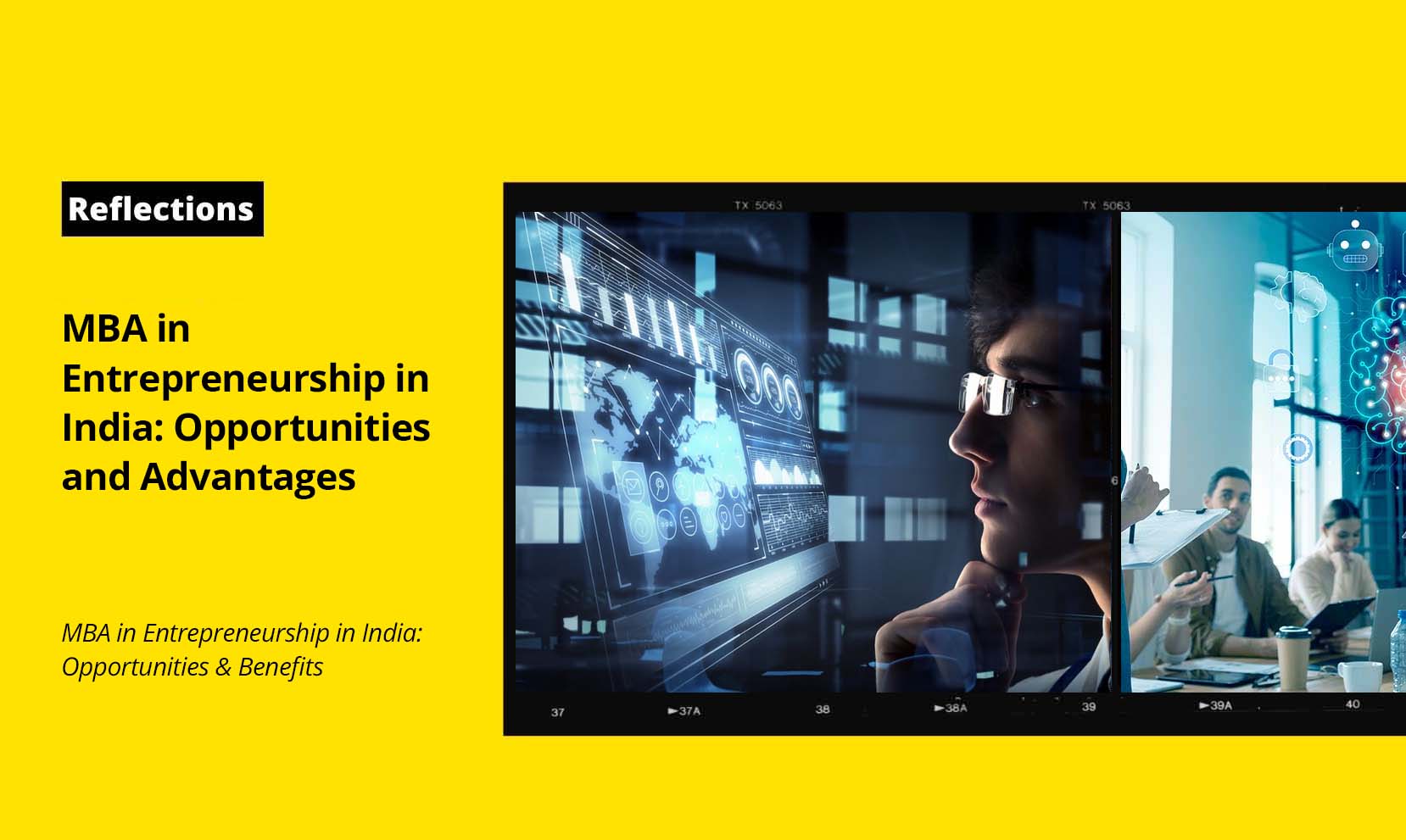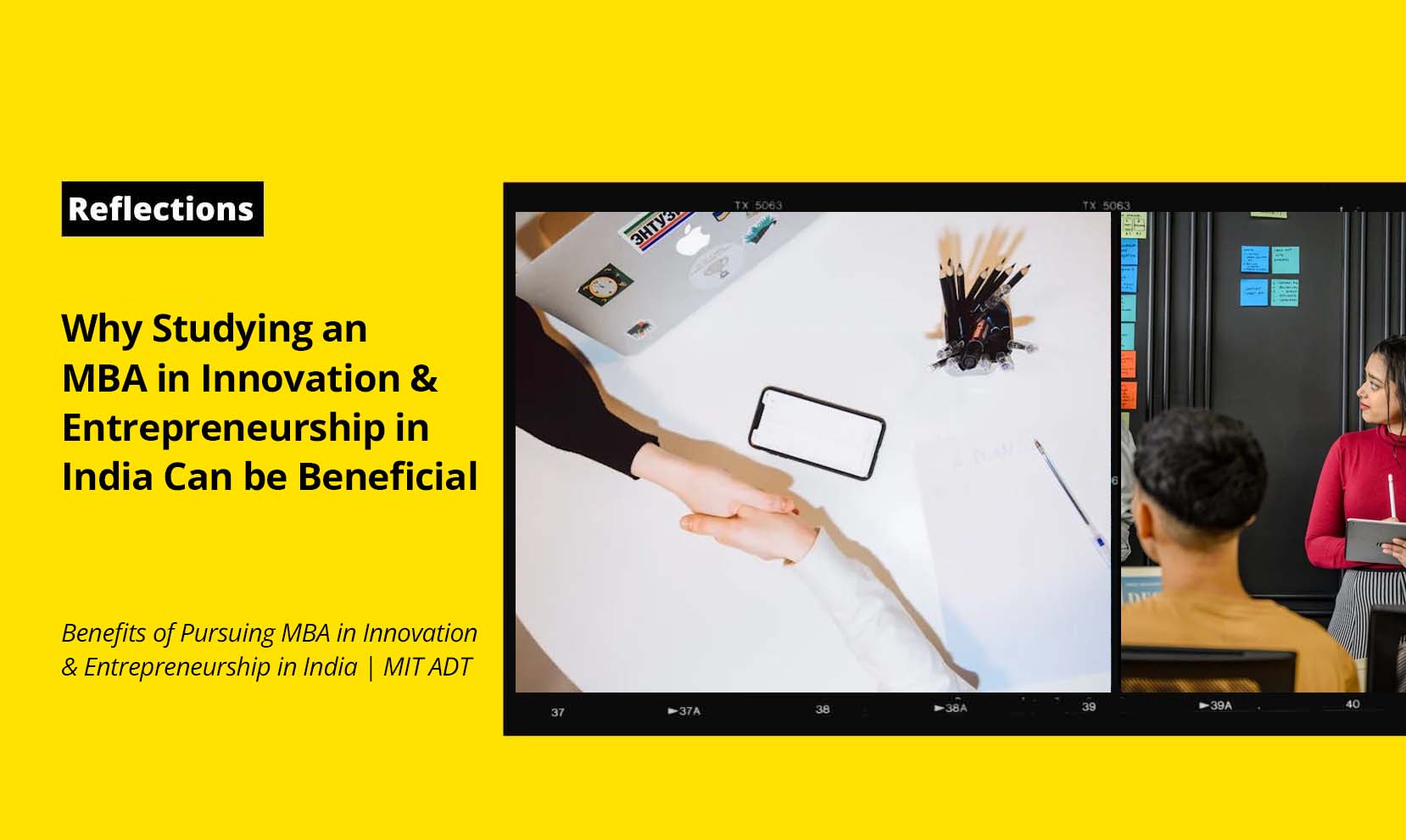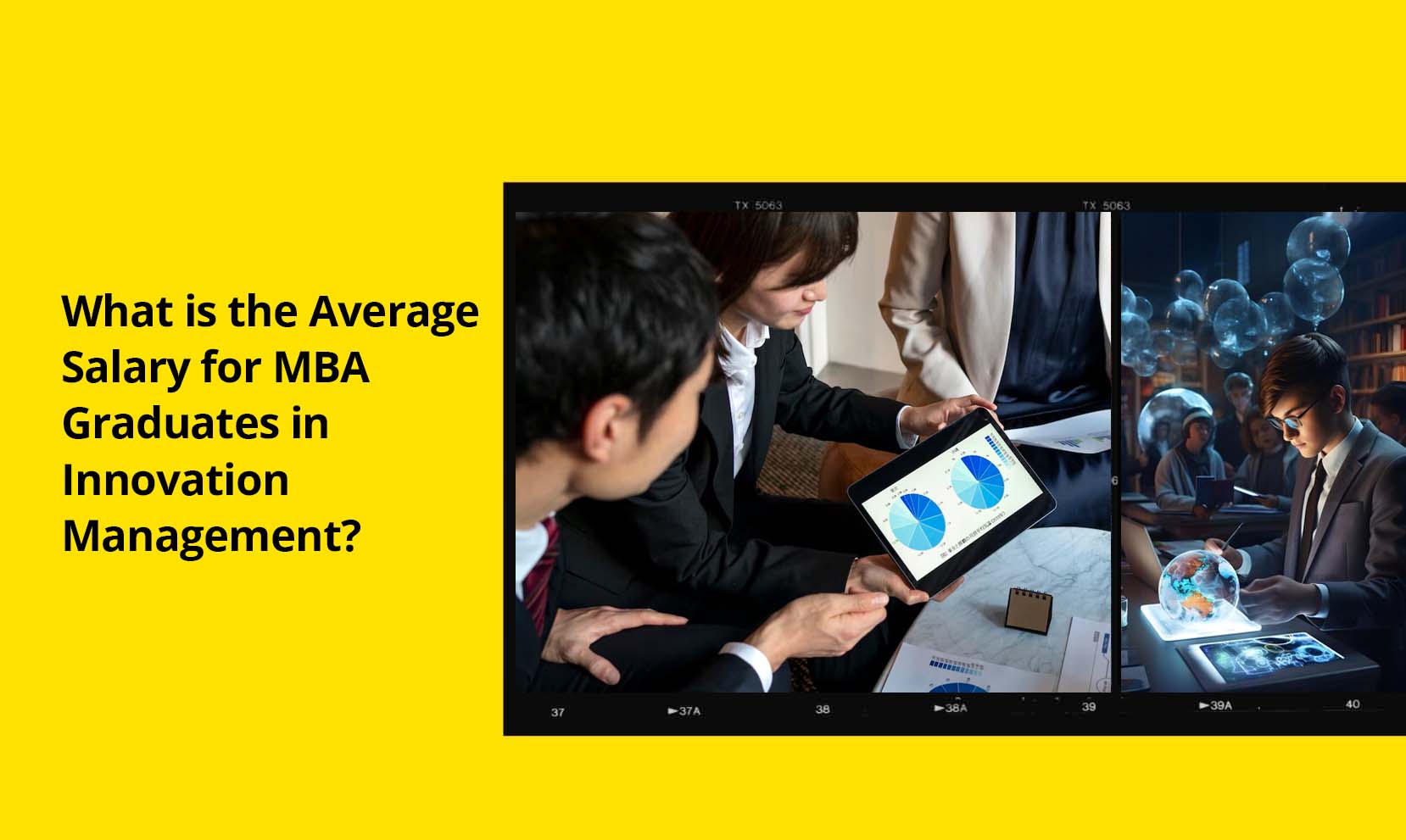What is Incremental Innovation and Why is it Important?
Innovation and creativity are the go-to tools to ensure the maximum growth of an organization. Creativity gives us ideas and innovation helps us to present the ideas correctly. Through divergent thought ( creativity ), we get new and unique ideas, and through convergent thought, we focus these ideas as per the guidelines and objectives set by the companies. Just as there are different types of creativity, there are different types of innovation.
The different types of innovation include
- Sustaining innovation -Improvements are made to an existing product to help it sustain itself in the market.
- Disruptive innovation – A new business model that can disrupt the market.
- Incremental innovation – Gradual and continuous improvements in existing products and services.
- Radical – New and unique models that can create a new market.
Definition of incremental innovation
As stated above, incremental innovation is the process of gradual and continuous improvements in already established products, services, and concepts. These improvements are made as per the feedback and suggestions given by the users of the pre-existing model.
Unlike the other three innovations, especially radical, incremental innovation does not create big waves in the market, nor does it create a new niche for itself. But what it does is improve customer feedback.
For example, a customer is in love with a new model of a phone but says that it is not stylish. So companies make newer models with the same base abilities as the phone, but it’s more stylish than the previous one. As time goes by, the design improves, and it starts to appeal to a wider audience, and hence profit follows.
Importance of incremental innovation
Incremental innovation depends on the scale. Small scale industries are more profited by radical innovations, and large scale industries need to focus on incremental innovations. Incremental innovations don’t show sudden growth. Hundreds to thousands of incremental changes can be made before finding the appropriate one. But the combined effect of all these changes leads to steady growth in development. It could start with a 0.5% growth in a week and can increase to 10% in a year. As the years go by, the percentage increases.
Examples of incremental innovation
Examples of incremental innovations are found everywhere. The classic example of incremental innovations is the improvements we see in our smartphones, tablets, and laptops. Each and every we get new updates and new features. But that’s not all; examples of incremental innovation are divided into four they are,
- Service and product improvements – These improvements are mainly based on feedback and suggestions from customers. Companies look at these complaints and change the products to get better appreciation. A large number of complaints can be divided into general categories, and hence a newer one can be eventually built with improvements.
- Process automation – Both internal and external are automated to save time and money.
- Minimizing waste – Waste management is an important part of any business. Incremental innovation can reduce wastage as no new models are built, but the preexisting ones are improved.
- Process improvements – The business sector slowly improves with each innovation.
Allowing MIT ID Innovation play a role in the innovative process
Enrolling in MIT ID Innovation is the best way to learn everything about creativity and innovation. Every type of innovation is thought of in detail and can help you reach new heights. There are many courses related to creativity and innovation that you can apply to. The duration of these courses ranges from 3 weeks to 36 weeks and are available at affordable prices. For a beautiful tomorrow, these courses help a lot to practice and preserve.



